Venetian glass art: a centuries-old tradition
Imagine a material so fragile, yet so resistant that it defies time; a material capable of capturing light and transforming it into a thousand shades, of taking on sinuous or geometric shapes and of telling stories without uttering a word.
This is the exact representation of what Venetian glass is, an art that has enchanted the whole world for centuries with its beauty and refinement and which has its roots in the heart of the Venetian lagoon. But what is the history of this ancient art? And how has it been handed down to the present day, between tradition and innovation?
History and origins
The history of Venetian glass art began back in the seventh century, when the first artisans began experimenting with glass processing in the lagoon city.
However, it was in 1291 that this art underwent a decisive turning point; for security reasons, in fact, the government of the Serenissima decreed the forced transfer of all the furnaces to the island of Murano. This decision, dictated by the fear of fires in the main city, however, proved to be fundamental for the development of the art of glassmaking. Murano became, in fact, in a short time, the heart of this production, a place where the skill of the master glassmakers could be expressed to the fullest. The geographical isolation also helped to keep the processing techniques secret, transforming Murano into a real sanctuary of glass.
Over the centuries, Murano glass masters refined their techniques, creating increasingly elaborate and stunning works, thus attracting the interest of nobles and rulers from all over Europe. In doing so, Murano glass quickly became synonymous with luxury and refinement, a true symbol of Venetian craftsmanship excellence.
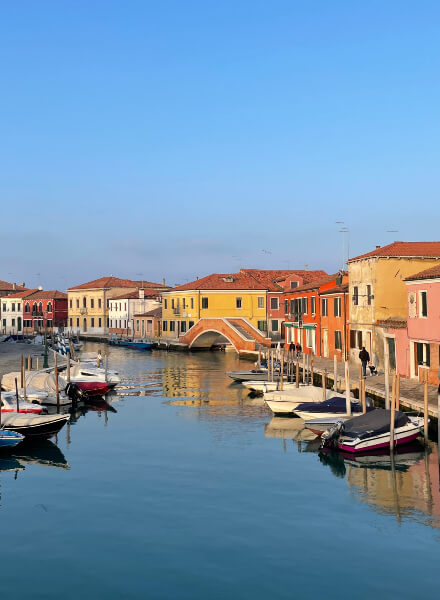
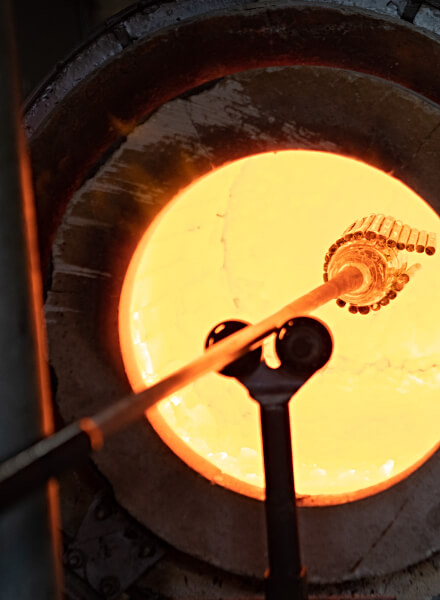
Iconic techniques, styles and products
Venetian glass art is distinguished by a variety of unique techniques and styles.
Blowing
Of all of them, blowing is perhaps the best known and most fascinating production technique: through this type of processing, the master glassmaker shapes molten glass by blowing through a reed, creating delicate and complex shapes.
Lampworking
Another very fascinating technique is that of lampworking, which instead allows you to create meticulous details and intricate figures using a flame and coloured glass rods and plays a crucial role in the production of the renowned Murano beads. These pearls, in fact, once known as „pearls of trade”, played a fundamental role in trade during the era of the great geographical discoveries, testifying to the historical and economic importance of Venetian glass art.
The creation of Murano beads is intrinsically linked to the activity of the „impiraresse”, skilled Venetian artisans specialized in stringing pearls of different sizes: these women transformed the pearls into elaborate jewels, sophisticated embroidery for luxury dresses and extraordinary floral decorations, helping to spread the fame of Venetian craftsmanship all over the world.
From the creation of necklaces and bracelets to intricate embroidery that embellishes haute couture dresses, to delicate floral arrangements, today these versatile pearls embody the essence of Venetian glass mastery.
The lampwork technique, with its ability to produce minute details and complex shapes, continues to be a pillar of Murano glass art, keeping a centuries-old tradition alive and fascinating visitors and collectors from all over the world.
Submerged glass
As for the most famous styles, submerged glass certainly falls into this category, characterized by overlapping layers of coloured glass, which create extraordinary depth effects. Murrina is also highly prized, an ancient Roman technique rediscovered by Venetian masters, which consists of fusing together sections of multi-coloured glass canes to create complex patterns, thus giving his objects a unique style. Again, millefiori glass, with its intricate floral motifs, is another example of the mastery of Murano glassmakers.
The iconic products of Venetian glass art are numerous and varied, but Murano chandeliers are certainly the most famous: with their sinuous shapes and sparkling crystals, these works still adorn historic buildings and luxury residences all over the world. Venetian mirrors, however, with their elaborate glass frames, are also true masterpieces of elegance. Not to mention glass jewellery, from necklaces to brooches, from earrings to rings, capable of fully showing the versatility of this material. Finally, the miniature gondolas, made entirely of glass, are a highly sought-after souvenir appreciated by visitors, eager to take a fragment of the lagoon’s magic with them.
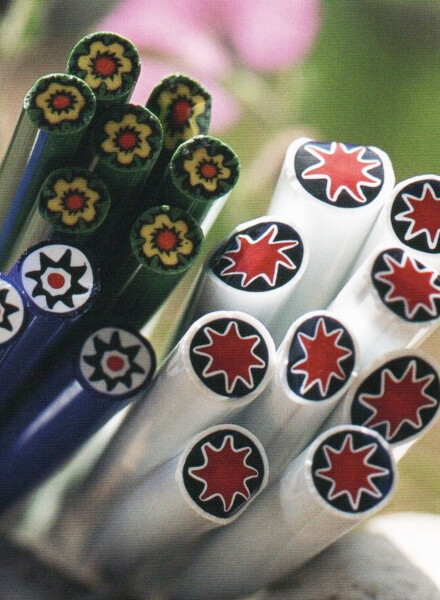
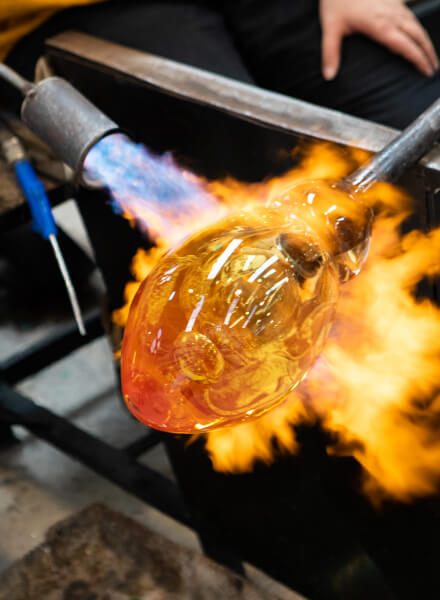
The Masters
The art of Venetian glassmaking has seen a succession of numerous talented masters over the centuries, and among the most illustrious it is worth mentioning:
- Angelo Barovier (15th century)
Active in the mid-fifteenth century, Angelo Barovier is considered one of the most important glassmakers of the Renaissance. The artist is in fact known for having perfected the crystal technique, a transparent and pure glass that revolutionized the art of glassmaking at the time.
- Vittorio Zecchin (1878-1947)
Artist and designer, Vittorio Zecchin has contributed significantly to the modernization of Murano glass design. His creations, influenced by Art Nouveau and the Arts and Crafts movement, brought a breath of fresh air to traditional glass art.
- Archimede Seguso (1909-1999)
One of the most influential glass masters of the twentieth century, Archimede Seguso is known for his innovative processing techniques and for the creation of pieces of extraordinary beauty. His ability to manipulate glass has allowed him to create works, according to many, that challenge the limits of the material.
- Carlo Moretti (1934-2008)
Designer, entrepreneur and founder of the glass factory of the same name, Carlo Moretti has been able to combine tradition and innovation. His creations, in fact, characterized by clean lines and essential shapes, have contributed to renewing the image of Murano glass in the panorama of contemporary design.
- Pino Signoretto (1944-2017)
A master in the art of glass sculpture, Pino Signoretto has created works of extraordinary complexity and beauty. His ability to shape glass freehand has allowed him to create large-scale sculptures, challenging the conventions of traditional glass art.
- Lino Tagliapietra (1934-)
Considered one of the greatest living glass masters, Tagliapietra took Venetian glass art beyond the borders of Murano, earning him international fame. His works, which blend traditional technique and contemporary artistic vision, are in fact exhibited in the most prestigious museums in the world.
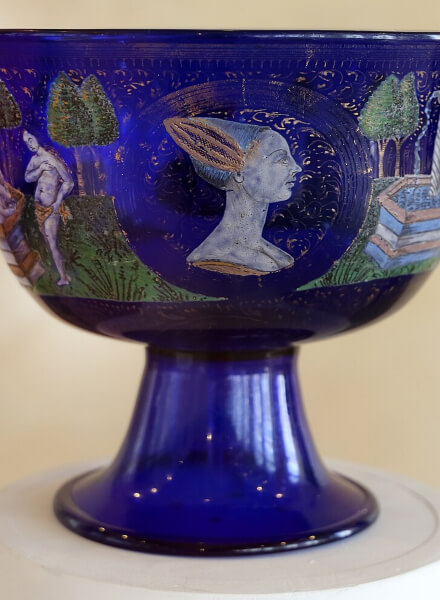
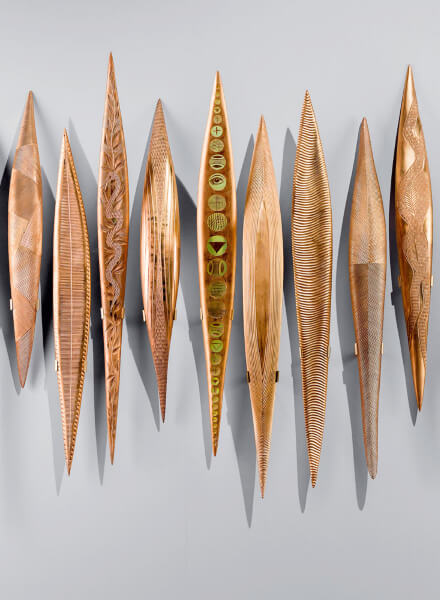
Museums and galleries
To admire the masterpieces of Venetian glass art up close, numerous museums and galleries offer extraordinary collections.
The Murano Glass Museum is certainly the main landmark, with its vast collection that traces the history of glass art from antiquity to the present day.
Other important Venetian museums dedicate space to this ancient tradition: the Giorgio Cini Foundation, for example, located on the island of San Giorgio Maggiore, houses a precious collection of ancient and modern glass. Ca’ Pesaro, at the International Museum of Modern Art in Venice, also presents a section dedicated to contemporary glass, showing how this ancient art continues to evolve and renew itself, even today.
Venice Glass Week
For glass art enthusiasts, an event not to be missed is certainly the Venice Glass Week, an international festival founded in 2017 to celebrate, support and promote the art of glass.
This year, the event will be held from 14 to 22 September 2024, and will involve not only the island of Murano, but the entire city of Venice and the mainland. This year’s program is in fact very rich, both in exhibitions, demonstrations, workshops and guided tours, thus allowing visitors to fully immerse themselves in the world of Venetian glass.
One of the main promoters of this extraordinary event is the Promovetro Consortium, an institution of primary importance in the panorama of Venetian glass art. Founded in 1985, the Consortium brings together Murano companies that are dedicated to the creation of artistic glass following artisanal methods and traditional techniques. Its role goes far beyond simple promotion: the Promovetro Consortium is in fact the manager and promoter of the prestigious „Murano artistic glass” brand, a guaranteed seal that certifies the quality and authenticity of the products, thus preserving the integrity and value of Murano glass art.
As part of the Venice Glass Week, the Promovetro Consortium stands out for innovative initiatives such as the „Glass Bateo„: this unique project involves the setting up of a vaporetto dedicated to the art of glass, which offers visitors an immersive and itinerant experience through the Venetian lagoon. In this way, the „Glass Bateo” becomes a real floating showcase that celebrates the mastery and creativity of Murano glassmakers.
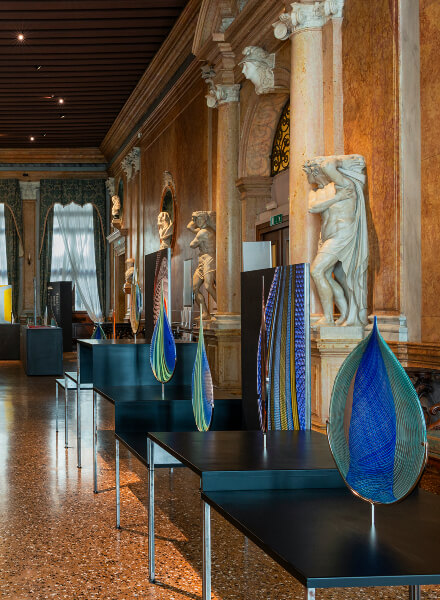
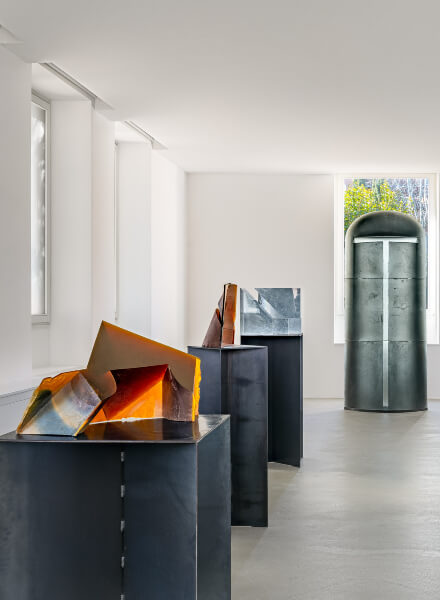
Experience the art of glassmaking at Ca’ Savio
If you want to explore the wonderful world of Venetian glassmaking, Camping Ca’ Savio offers the perfect opportunity to combine relaxation, nature… and culture! Located a short distance from Venice and its islands, the campsite allows you to easily organize excursions to Murano and participate in the events of Venice Glass Week.
Book your stay at Camping Ca’ Savio now and get ready to discover the secrets of Venetian glass art, a cultural heritage that continues to enchant the whole world with its timeless beauty.